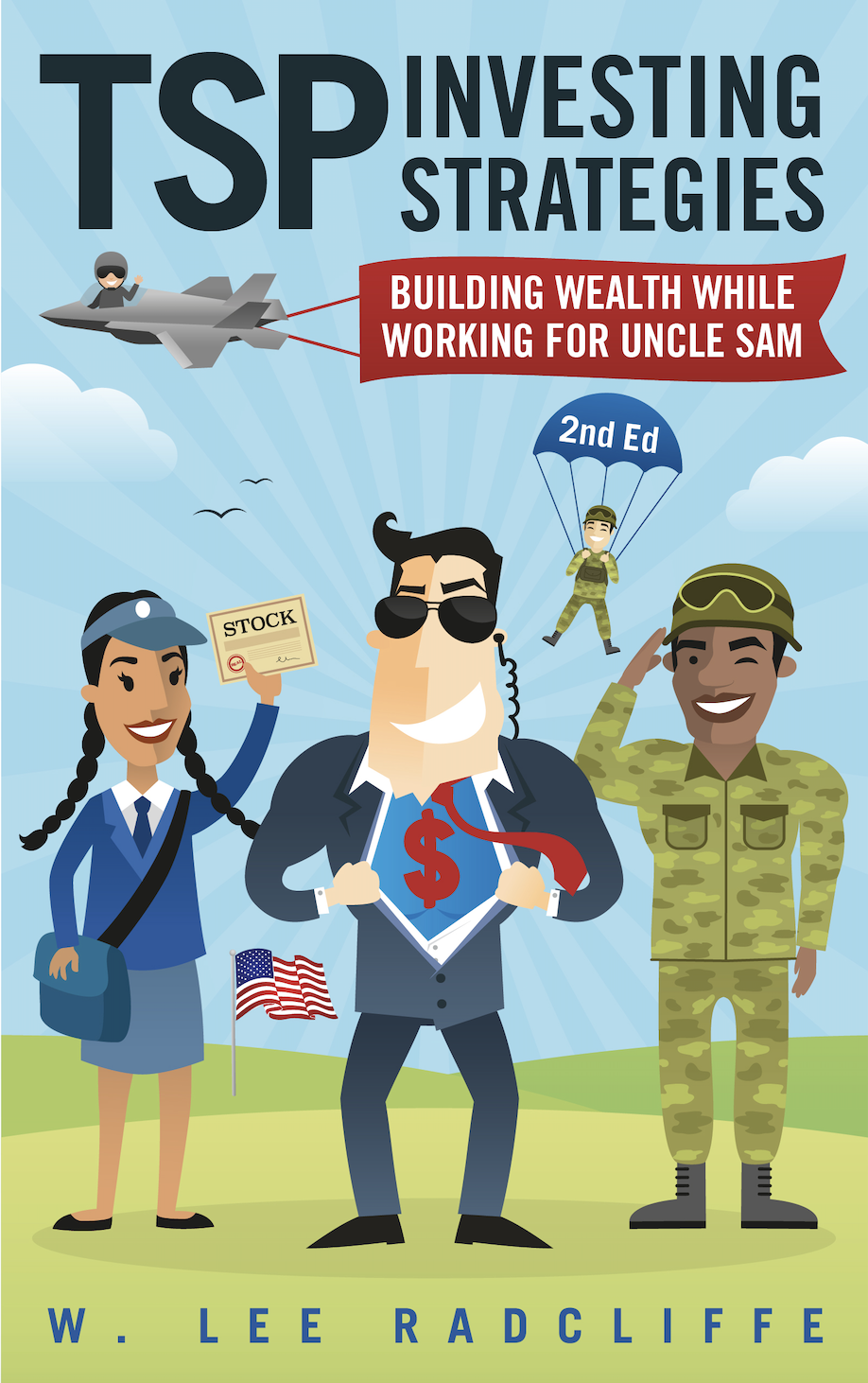Back to Basics
January 29, 2013
While it is easy to get excited about the positive performance of the TSP stock funds and lifecycle funds, other issues such as sequestration and the end of the current continuing budget resolution are just weeks away.
Sequestration is due to take effect at the beginning of March. On Sunday, the chairman of the House of Representatives Budget Committee said he thought “the sequester is going to happen.” Readers of this forum know first-hand how agencies are scrambling to plan for an abrupt reduction in budgets, and how personnel decisions are being impacted.
Meanwhile, the continuing resolution setting budgets at FY2012 levels will expire in late March. While the probability of a government shutdown in case there is no follow-on agreement is low, it is nonetheless something to remain aware of.
And this comes as the military services have been planning for cuts in personnel over the past year. The Army will reduce its active-duty force from 562,000 to 490,000 by 2020, with “population loss” at major U.S. Army installations ranging from 2,400 to 8,000 personnel according to a recent study. And the Marine Corps will reduce their force by another 20,000 over the next five years. While senior leaders have said there will be no “involuntary ‘reductions in force’ that would cut service contracts short,” fewer billets means greater competition among those who wish to remain in the service, thus impacting chances for continued service over the longer term.
Events of the past several months remind us that government and military service is not as secure as it might sometimes seem. Beyond periodic reorganizations of individual offices and military units, major drawdowns of government employees and military personnel take place every 20 or 30 years or so. The last major drawdown was in the early- and mid-1990s, when the federal workforce was reduced by 350,000. The military was also reduced in the immediate aftermath of the fall of the Soviet Union in the early 1990s. And in the 1970s, the military was cut as U.S. military operations in Vietnam came to a close.
The uncertainty highlights an important facet of investing in the TSP: namely, maintaining a healthy emergency fund. It makes little sense to invest funds for the long term without having any cash set aside for unplanned expenses such as a car or home repair – or a furlough or involuntary work stoppage for several weeks or several months. This is especially the case as at least some departments are talking about furloughing even full-time staff if the sequestration takes effect – this would mean a commensurate reduction in pay. There have even been whispers of “reductions in force (RIFs), but so far most departments and agencies seem to be avoiding RIFs by not back-filling newly vacant positions. RIFs should not be counted out, however. And there is of course the possibility of a government shutdown after March, despite what politicians on both sides of the aisle might say about avoiding such a drastic measure.
How much of an emergency fund one should maintain is based on personal circumstances, to be sure, but several months’ worth of expenses saved in a separate, insured bank account should be a minimum starting point. This would be enough to cover rent or mortgage payments, food, utilities, transportation, and other basic needs for several months in the absence of any pay. Some financial advisors have even advocated maintaining an emergency fund amounting to eight months worth of living expenses.
This can seem like a daunting amount to save separately from other investments. One way to build up a larger emergency fund is to keep a few months of expenses in a savings account, while also investing in a Roth IRA that can serve as an emergency fund of last resort. Money invested in a Roth IRA can be withdrawn penalty- and tax-free (but not the earnings of those investments) since you’ve already paid taxes on those funds, so a Roth IRA can serve as a back-up emergency fund of sorts. A portion of the Roth IRA can be invested in a money market fund that is tax-advantaged and can be used to invest in stock funds during market declines, but is still available for emergencies if absolutely necessary. But since those funds cannot be replaced if withdrawn in an emergency, it should serve only as an emergency fund of truly last resort. A savings account of at least a few months of expenses would be advisable even with a Roth IRA as a back-up. (This is discussed further in Strategies IV and V of TSP Investing Strategies.)
Bottom line: if you don’t have an emergency fund, start saving now. Build one month’s worth of expenses as soon as possible. If you have one month’s worth of expenses, build up two months of expenses. With anything under three months of expenses in an emergency fund, I would consider reducing TSP contributions by a few percentage points (and reducing other living expenses as well) to save up an emergency as rapidly as possible. March is approaching fast, and in the current political and fiscal environment, who knows what will happen after then.
Related topics: debt